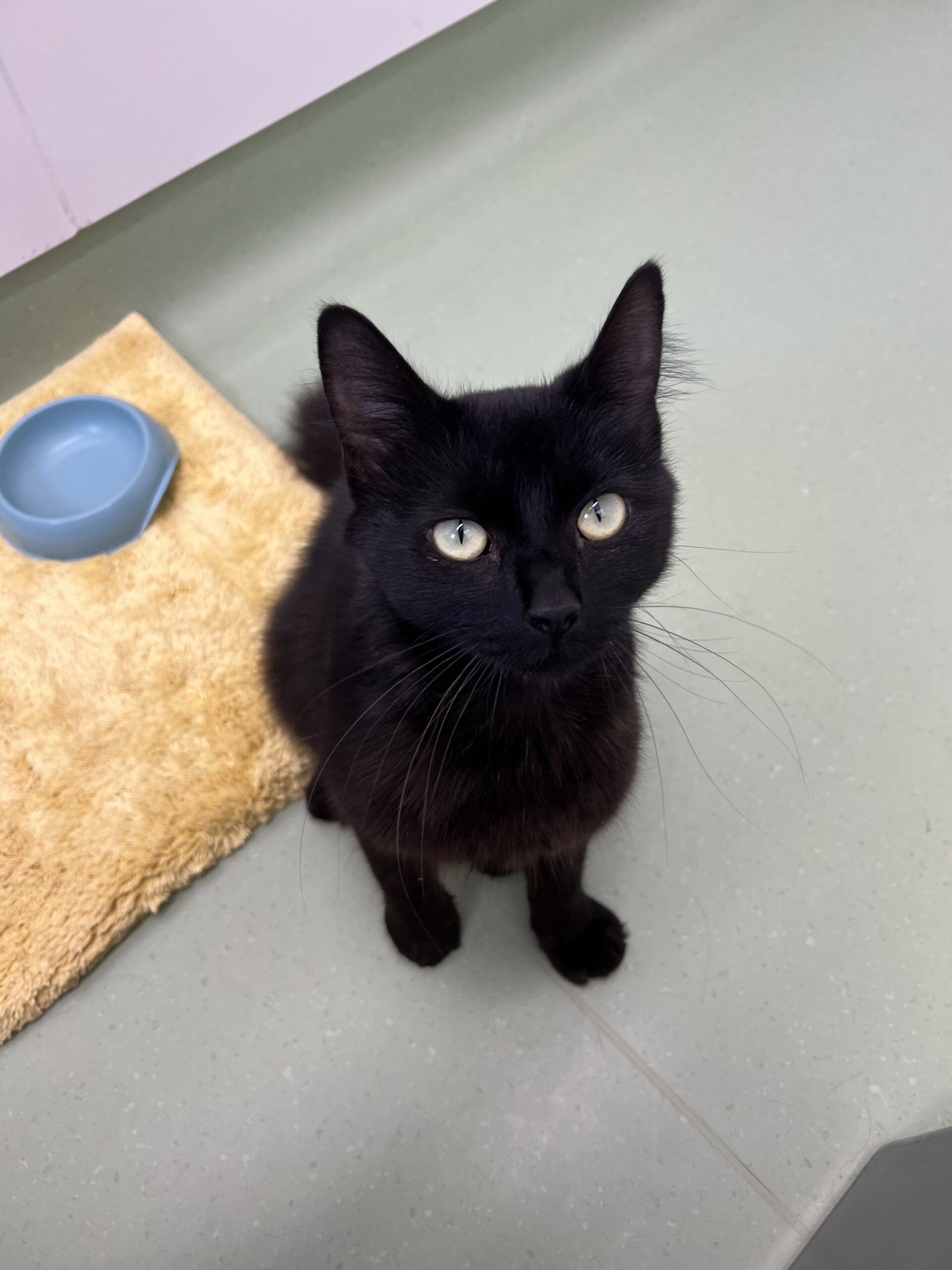Make a donation
home alone
Teaching your new companion, it’s okay to be left alone
Learning to be left alone is an important part of your
dog’s training and will help prevent your dog from
becoming anxious when they’re left by themselves.
So, if you’ve recently welcomed a new dog or puppy into
your family, it’s important to show them that being left
at home is nothing to worry about.
Read on to our step-to-step guide on how to prepare
your dog and teach them it’s okay to be alone. This
guide has helped many adopters with new rescue dogs
from our centre and if any further help is required,
please email us on info@rspcasussexwest.org.uk.
Preventing separation related behaviours

Follow the simple steps below and gradually increase the time you leave your dog alone. This is
a gradual process and does take time. Our previous adopter feedback on the step-to-step guide
has been very positive and helped prevent or minimise signs of separation related behaviour.

Top tips:
-Associate the experience with something pleasant for example food, chews, enrichment, toys,
whatever your dog enjoys.
-Creating a strong trusting bond between you and your pet can help your dog feel more
comfortable coming to you for reassurance if needed.
-Remember every dog is different. Progress at a speed that suits your dog’s reaction and never
extend this to the point that it becomes distressing for your dog.
-Taking your time can produce better and more enduring results for your dog’s learning.
-The training is based on teaching settle behaviours on a bed or matt, due to this it’s important
not to cause a negative experience with the bed or mat. E.g. using it as a punishment ‘go to
bed’.
-Watching your dog’s body language and being able to understand subtle signs of stress to know
when to move onto the next steps or go back steps.
-Never punish your dog for unwanted behaviour, separation related behaviour can be described
as a phobia which causes intense emotional reactions. You cannot reinforce fear, so comforting
or reassuring your dog in this time can solidify your bond and not reinforce the problem
behaviour.
- If you struggle to implement these steps below, remember that you’re doing your best and
that it’s okay, separation-related anxiety it is a complex issue. When this is the case our advice is
always to seek support from the rescue centre or a clinical behaviourist.
Signs of stress to look out for include: (These behaviours should be taken within
context of what is happening at the time, for example a dog may lick its lips as its just eaten or drunk and may
not be stress)
-Pacing
-Panting
-Drooling
-Toileting in the home
-Scratching at the door or exit points
-Vocalising (howling, barking, whining)
-Destructive behaviour
-Excessive yawning or lip licking
-Unable to settle or lay down
-Signs of anxiety before you leave
-Excessive paw licking or tail biting
-Not eating food while you are out (if your dog is usually very foodie when you are present)

Step 1
Begin by encouraging your dog to go to their bed and stay there for a short while with you
present. Reward your dog for remaining quietly in their bed.
Step 2
Ask your dog to stay, then move away, this could be a simple step to the side or back if your dog
struggles with this. Return and reward. Do ensure your return isn’t too exciting otherwise you
may cause your dog to become excited in expectation of you coming back.
Step 3
Continue this routine, moving progressively further away and for longer periods of time. The
distance and length of time that you increase will depend on your dog. If your dog reacts or
moves, don’t reward them and never punish them – instead go back to the previous stage. We
want them to remain relaxed throughout and not concerned by what you’re doing.
Step 4
Progress the training and start leaving the room before returning. Next, go out and shut the
door behind you before staying outside for longer periods of time. Once at this point, start to
vary the length of time that you’re out. At this stage it can be useful to film your dog alone to
monitor how they are doing without you there.
Step 5
Once you reach the stage where your dog is happy to be left for up to an hour, there should be
no problems leaving them for longer periods.